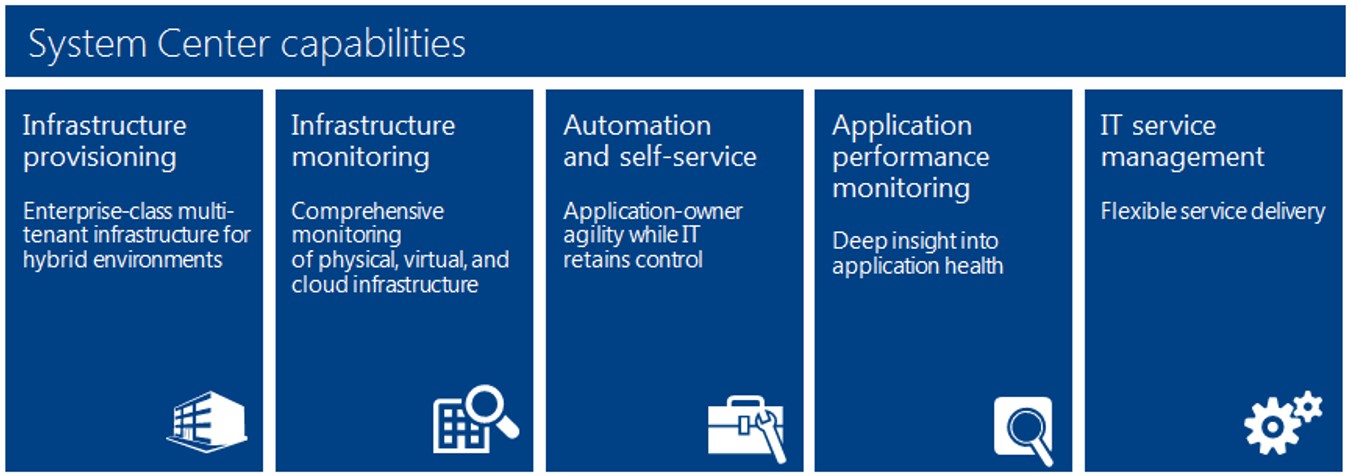The AI Revolution: Strengthening the CFO-CIO Partnership
The connection between a business's technology infrastructure and its ROI has never been stronger. For example, advanced analytics and automation tools are proving to save companies millions by optimizing operations and uncovering growth opportunities.

This growing reliance on technology has made the partnership between Chief Financial Officers (CFOs) and Chief Information Officers (CIOs) vital. Artificial Intelligence (AI) is acting as a game-changer in this dynamic, fostering deeper collaboration and aligning financial goals with technological strategies. Here's how AI is revolutionizing the CFO-CIO relationship to drive business success:
Table of Contents
- Enhanced Decision-Making
- Streamlined Operations
- Improved Financial Planning and Analysis (FP&A)
- Risk Management and Compliance
- Strategic Alignment
- Enhanced Communication
- Conclusion
Enhanced Decision-Making
AI provides CFOs and CIOs with advanced analytics and real-time data insights, enabling more informed decision-making. For CFOs, AI-driven financial forecasting and risk management tools offer precise predictions and scenario analyses. These tools can analyze vast amounts of financial data, identify trends, and provide actionable insights that help CFOs make better strategic decisions. For example, AI can predict cash flow issues before they arise, allowing CFOs to take proactive measures.
CIOs benefit from AI's ability to optimize IT operations and infrastructure. AI can monitor system performance, predict potential failures, and recommend maintenance schedules, ensuring that technology investments are both efficient and effective. This alignment of financial and technological insights ensures that both CFOs and CIOs are working towards common goals.
Streamlined Operations
AI automates routine tasks and processes, freeing up time for both CFOs and CIOs to focus on strategic initiatives. For instance, AI-powered financial software can handle everything from invoice processing to compliance checks, reducing the burden on finance teams. This automation not only increases efficiency but also reduces the risk of human error, ensuring more accurate financial records.
Similarly, AI-driven IT management tools can automate network monitoring and cybersecurity measures. These tools can detect and respond to threats in real-time, reducing the risk of data breaches and ensuring the security of sensitive financial information. By automating these routine tasks, CIOs can focus on driving innovation and implementing new technologies that support the organization's strategic objectives.
Improved Financial Planning and Analysis (FP&A)
AI enhances FP&A by providing accurate and timely data, which is crucial for budgeting, forecasting, and financial planning. CFOs can leverage AI to gain deeper insights into financial performance, identifying areas of strength and weakness. AI can also help CFOs create more accurate budgets and forecasts by analyzing historical data and identifying patterns that may not be immediately apparent.
CIOs can use these insights to justify technology investments and demonstrate their impact on the bottom line. For example, AI can help CIOs identify which IT projects are delivering the highest return on investment, allowing them to allocate resources more effectively. This alignment ensures that both financial and technological strategies are in sync, supporting the overall goals of the organization.
Risk Management and Compliance
AI helps in identifying and mitigating risks more effectively. For CFOs, AI can detect anomalies in financial transactions and ensure compliance with regulatory requirements. AI-powered tools can monitor transactions in real-time, flagging any suspicious activity and reducing the risk of fraud. These tools can also help CFOs stay up to date with changing regulations, ensuring that the organization remains compliant.
CIOs can use AI to enhance cybersecurity measures, protecting sensitive financial data from breaches. AI can identify potential vulnerabilities in the IT infrastructure and recommend measures to address them. This collaborative approach to risk management strengthens the overall security posture of the organization, ensuring that both financial and IT systems are protected.
Strategic Alignment
AI fosters a culture of collaboration between CFOs and CIOs by aligning their goals and strategies. With AI-driven insights, both executives can work together to prioritize projects that deliver the highest value to the organization. For example, AI can help identify which technology investments will have the greatest impact on financial performance, allowing CFOs and CIOs to make more informed decisions.
This strategic alignment ensures that technology investments are not only cost-effective but also drive business growth. By working together, CFOs and CIOs can ensure that their strategies are aligned, supporting the overall goals of the organization and driving long-term success.
Enhanced Communication
AI tools facilitate better communication and transparency between CFOs and CIOs. Dashboards and reporting tools provide a unified view of financial and IT metrics, making it easier to track progress and identify areas for improvement. These tools can also help CFOs and CIOs communicate more effectively with other stakeholders, ensuring that everyone is on the same page.
This transparency fosters trust and ensures that both parties are on the same page. By providing a clear view of financial and IT performance, AI helps CFOs and CIOs work together more effectively, driving better outcomes for the organization.
Conclusion
The integration of AI is revolutionizing the way CFOs and CIOs collaborate, driving efficiency, innovation, and strategic alignment. By leveraging AI, these executives can transform their relationship from one of functional silos to a dynamic partnership that propels the organization forward. As AI continues to evolve, the CFO-CIO partnership will only grow stronger, paving the way for a more agile and resilient business.
Continued Reading

November 15, 2024
Is Copilot Worth it? Microsoft 365 Apps For Business
Is Copilot Worth it? Microsoft 365 Apps For Business Explore […]
LEARN MORE
January 7, 2014
System Center 2016
Unified Management Expertise in Microsoft System Center for Enterprise Organizations […]
LEARN MORE


